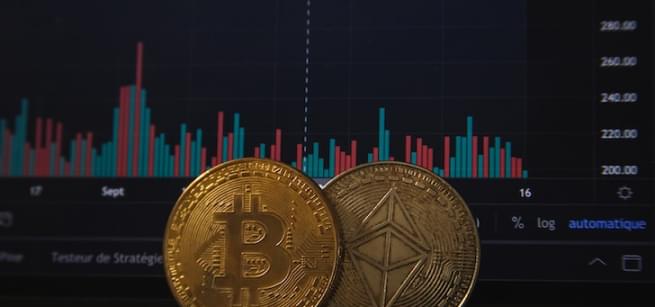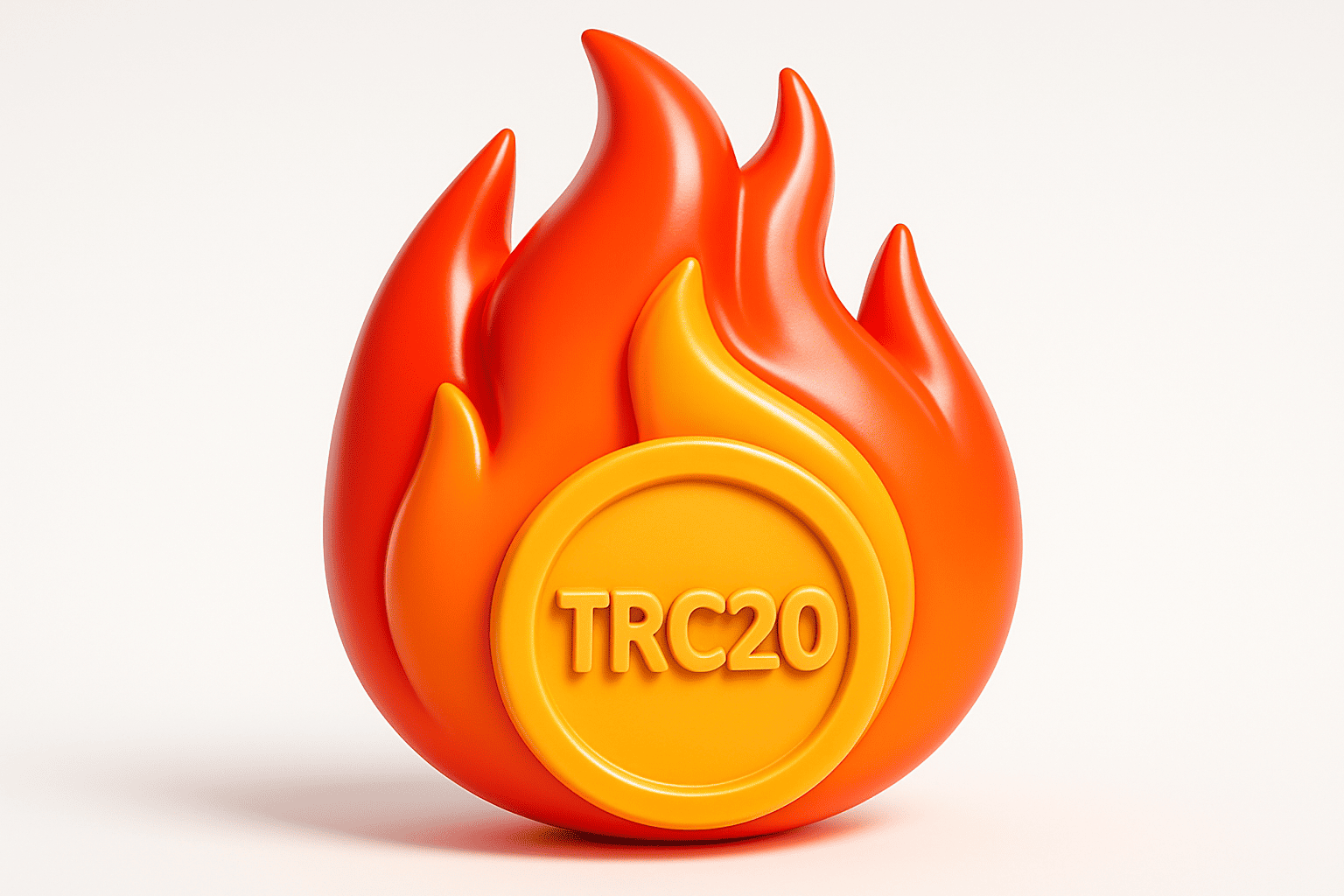Rarible
Download app Ironwallet and get tool for making transaction without network fee
About Rarible
Rarible is an NFT marketplace that allows users to mint, buy, and sell digital collectibles and assets. Built on the Ethereum blockchain, Rarible aims to be a fully open platform that employs decentralized governance. The team behind Rarible believes that decentralized platforms will empower creators in the digital era.
History and Founding of Rarible
Rarible was founded in early 2020 by Alexei Falin and Alex Salnikov. The platform was launched at the start of the NFT boom, with CryptoPunks and other early projects drawing interest. As one of the first NFT marketplaces, Rarible was poised to capitalize on the new market.
Within months of launch, Rarible saw significant growth. By the end of 2020, over 100,000 NFTs had been minted on the platform. Rarible established itself as a leading NFT marketplace, known for its diverse offerings and open platform.
How Rarible Works
Rarible operates as an open marketplace, allowing creators to mint and sell NFTs without platform fees. Like other NFT marketplaces, Rarible leverages the ERC-721 and ERC-1155 standards on Ethereum. This allows assets like artwork, music, videos, and more to be tokenized as non-fungible tokens.
To sell an NFT on Rarible, a user simply mints or uploads their creation and lists it on the platform. Buyers can purchase using ETH or other cryptocurrencies. Rarible uses an on-chain order book to record listings, leveraging the transparency of blockchain.
Rarible’s Native Token RARI
In late 2020, Rarible issued its own governance and utility token, RARI. The maximum quantity of RARI tokens is fixed at 25 million, with their available amount in the market influenced by user activity. As observed in November 2020, there were slightly more than 850,000 RARI tokens being traded.
A significant portion of RARI tokens, amounting to 60%, is allocated for participants on the Rarible platform, both purchasers and vendors. Each week on Sunday, a total of 75,000 tokens are shared between artists and collectors equally, a practice intended to continue for at least 200 weeks following the platform’s inception. This strategy, referred to by Rarible as “marketplace liquidity mining,” aims to incentivize participation.
In addition, Rarible has set aside 10% of the entire RARI supply for an airdrop, with 8% designated for NFT owners and the remaining 2% for other users of Rarible. The final 30% of the token supply is earmarked for gradual distribution to investors and the Rarible team members themselves.
Buying and Selling NFTs on Rarible
Rarible makes it easy for users to buy, sell, and mint NFTs. The platform allows for fixed-price sales or open auctions. Like other NFT marketplaces, there are no platform fees, only small blockchain transaction fees. This disruptive model provides more earnings for creators.
Rarible has rapidly added support for multiple blockchains, including Flow and Tezos. This blockchain agnostic approach has attracted more artists and collectors to the platform. Rarible aims to be the top destination for NFTs, regardless of blockchain.
Rarible’s Decentralized Governance
A key part of Rarible’s vision is implementing community-driven decentralized governance. This allows RARI token holders to vote on platform upgrades, new features, and other proposals. Decentralized governance enables Rarible to evolve based on user needs.
Rarible utilizes the governance frameworks available in platforms like Ethereum and Tezos. This on-chain governance model aligns with the ethos of NFTs and decentralized finance. Rarible governance remains a work in progress but sets it apart from other NFT marketplaces.
Competitors to Rarible
While Rarible was an early NFT pioneer, the space has since attracted numerous competitors. Platforms like OpenSea, SuperRare, Foundation, and Nifty Gateway take different approaches to NFT marketplaces.
With NFTs exploding in popularity, more companies will certainly enter the space. Rarible’s commitment to open platforms gives it an advantage, but it will need to continue innovating to stay ahead. The NFT world is still very young, leaving room for multiple successful marketplaces.
Rarible maintains a first-mover advantage but must leverage its community and governance model to cement its status as a top NFT destination. The next few years will prove decisive in determining the winners of the NFT race.
Controversies and Issues Facing Rarible
- Copyright and plagiarism concerns: Like other NFT platforms, Rarible has faced criticism over stolen art being minted and sold without permission. More robust verification processes may be needed.
- Fraudulent activity: There have been some reports of fake accounts and bots conducting wash trading to artificially inflate prices. This undermines trust in the marketplace.
- Governance centralization: Despite claims of decentralization, some argue Rarible’s governance model is still too centralized. Greater community involvement is needed.
- Ethereum gas fees: Transacting on Ethereum remains expensive due to gas fees. This limits accessibility and affordability of Rarible for some users.
- Competitive pressures: Rarible faces growing competition from newer entrants into NFTs. Maintaining its first-mover advantage will be an ongoing challenge.
- Regulatory uncertainty: Like all cryptocurrencies and blockchain platforms, Rarible operates in a legal gray zone. Future regulations could impact its operating model.
While Rarible has seen great success so far, these issues highlight challenges it must grapple with as the NFT ecosystem matures. Tackling these concerns will be key to ensuring long-term sustainability.





















